The Collider announced that Claire Callen, owner of the Wells Fargo Building, will join the nonprofit’s board as president and assume all responsibility for daily operation of the organization.
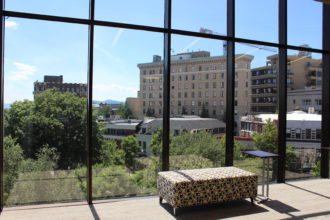

The Collider announced that Claire Callen, owner of the Wells Fargo Building, will join the nonprofit’s board as president and assume all responsibility for daily operation of the organization.
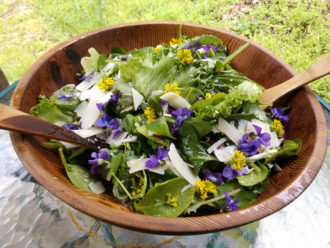
May is the perfect month to begin adding color to the menu with salads made from locally sourced edibles.
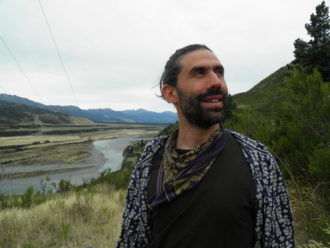
“This is giving us a way to organize at a regional scale around carbon farming and climate resilience,” says Co-operate WNC founder and permaculture educator Friedman. “Us doing little stuff in our backyards is not adding up to climate resilience — I wish it were, but it’s not.”
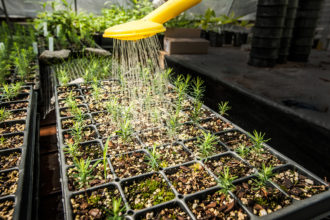
The reserve’s biggest public-facing project is its red spruce restoration effort, which has planted roughly 4,000 trees on public land since 2009 in conjunction with state, federal and nonprofit partners. “When you get down to it, we’re just little plant nerds, doing the good fight and sharing everything we learn,” Holdbrooks says.
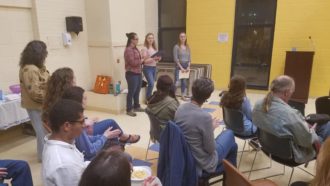
“The youngest generation … they are particularly focused on climate change,” says Ashley McDermott, one of the founding members of Sunrise’s Asheville chapter. “They’re the ones who have this emotional connection to it the most. They’re seeing and experiencing it now.”
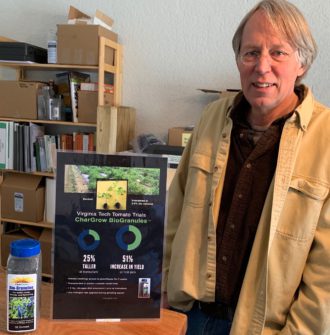
“With charged biochar, you’re building a better biome for the plant, permanently changing soil’s ability to hold nutrients, water and beneficial biology,” Nilsson says. “You can buy a carbon-sequestering tomato that was organically grown and also contributed to building the biome — it’s a path out of climate change.”

“We need to have as much say as possible over the decisions that affect our lives, the money that informs our projects, the food that we eat and every system we touch,” writes Lee Warren, executive director of the Organic Growers School. “Relocalizing means taking back our power in every possible way.”

Last year saw Duffer lead Asheville High School against 765 other teams from across the globe in the Drawdown EcoChallenge. The students achieved victory over the Taiwan Sugar Corporation in a leapfrogging race to make the most impact, earning most of their points through their time spent studying solutions to reverse climate change.

During a March 14 listening session at The Collider in downtown Asheville about the DEQ’s Clean Energy Plan, a key provision of Gov. Roy Cooper’s Executive Order 80 on clean energy and climate change, many of the roughly 70 Western North Carolina residents in attendance expressed frustration that the state wasn’t doing enough.

Chef and author Susi Gott Séguret invites a poet, a painter, an instrument builder and a chef to consider the meaning of appetite and offers guidance on preparing a spring risotto.
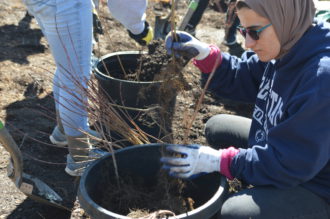
Hundreds of native tree varieties, including pawpaws, maples, oaks, river birches, sourwoods and more, will be up for grabs at the March 30 event.
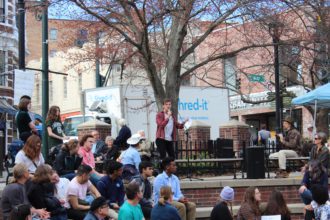
“If you take one thing away from this rally, let it be this: You are not as small as you think you are,” said Asheville High School freshman Clay Swan-Davis. The event, part of a global strike involving over 1.4 million young activists, called for “radical legislative action to combat climate change.”
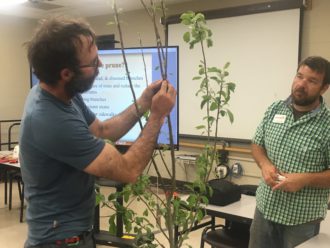
By adding a dedicated urban forester, crafting an urban forest master plan and strengthening the current municipal tree ordinance, say members of Asheville’s Tree Commission, the city can manage its growth in a greener and more climate-resilient way. “The more hard surface we have, the more green we need to balance it out,” says commission chair Stephen Hendricks.

Jason Carter’s creative instructional attitude recently earned him the honor of being named a Teacher Ambassador by the California-based National Center for Science Education. Along with nine colleagues from across the country, he will help develop, test and deploy a curriculum that addresses climate change denial.
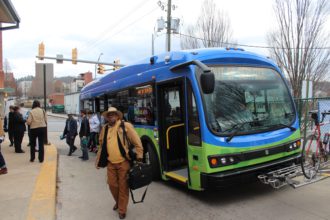
Even accounting for the fossil fuels needed to generate the electricity they will use, said Council member Julie Mayfield, each vehicle will produce 54 fewer tons of annual carbon emissions than one of Asheville’s current buses. Once all five buses hit the streets, the total emissions savings of 270 tons will make up a third of the city’s annual carbon reduction target.
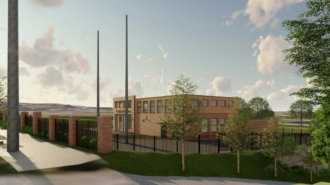
Located at 252 Patton Ave. and 28 Knoxville Place, the new facility will feature a gas-insulated design that gives it a smaller footprint than a conventional, air-insulated substation. Duke representatives estimate that substation construction will be completed by the end of 2020.
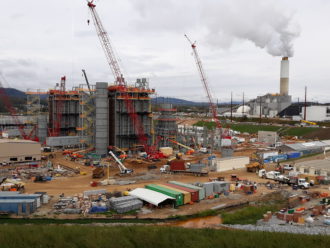
Twelve years: That’s how long humanity has left to hold global warming below the key level of 1.5 degrees Celsius, according to an October report by the U.N. Intergovernmental Panel on Climate Change. In light of that sobering reality, these developments from 2018 had the biggest potential impact on Asheville’s contribution to climate change.
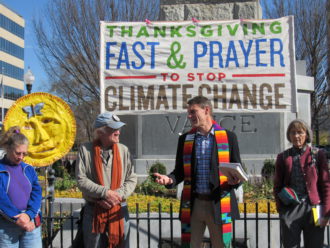
“We have been shouting about climate change for a long time, but now, we feel like it’s going to take more messaging in a different way,” says Avram Friedman of the Canary Coalition, a Sylva-based environmental activism group. “We’re showing people that we’re so committed to this, it’s so important, that I’m willing to fast for 10 days to get this message across.”
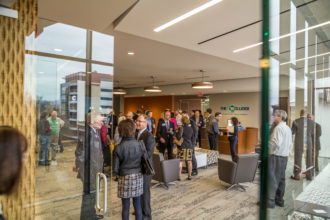
“It’s like the playing field that everyone’s playing on — that the economy’s playing on, that companies are playing on, that the government’s playing on — that playing field is starting to erode,” says Josh Dorfman, CEO of The Collider in downtown Asheville. “I think there’s more on the line than many people understand.”
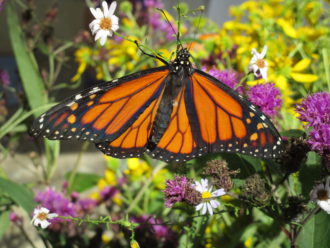
Every fall, between late September and early October, monarch butterflies migrate from the Northeastern U.S. to Mexico, with many passing over the Blue Ridge Mountains. Although fewer monarchs are making the trip these days due to habitat loss and other factors, local monarch enthusiasts are working to study and protect their populations.
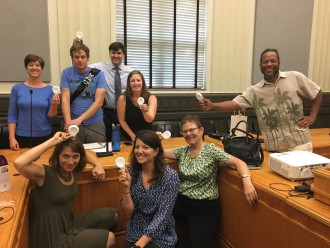
The plurality of Asheville city government’s greenhouse gas emissions in fiscal year 2017 — roughly 9,100 tons — came from burning fossil fuels, such as coal and natural gas, to create electricity. That number could drop to zero by the end of the next decade, however, should Asheville adopt a resolution currently under development by the city’s Sustainability Advisory Committee on Energy and the Environment.